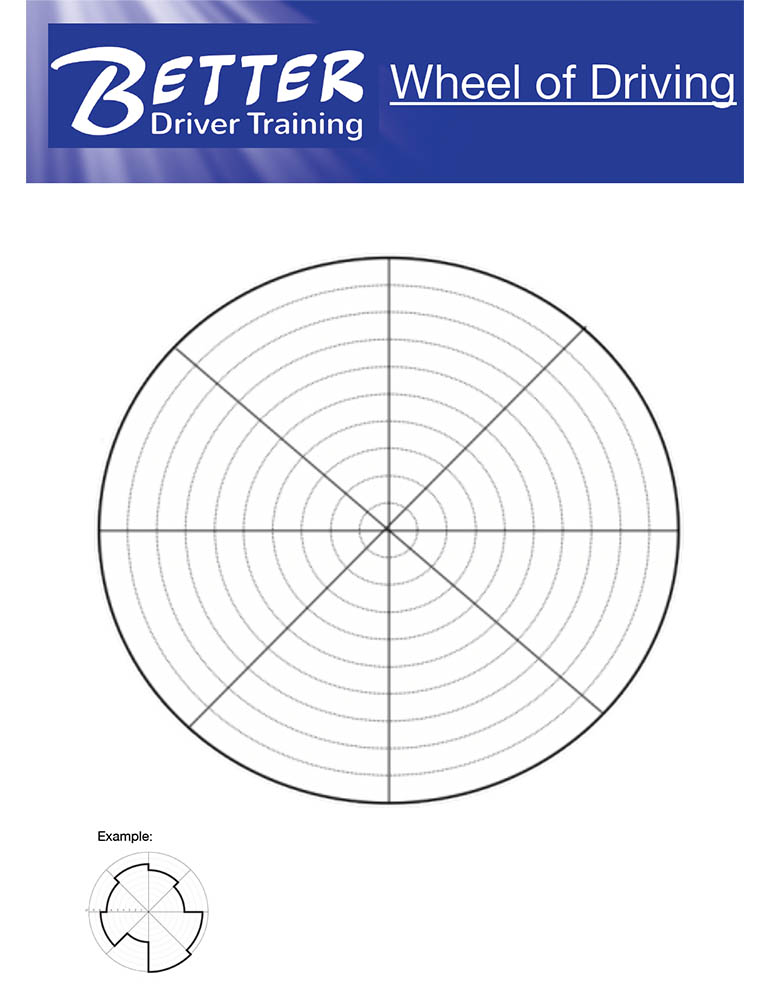Learner drivers up and down the country have had a whirlwind of a year when it comes to driving - lessons and tests have been postponed, then restarted with big delays, then postponed again! It's been difficult to keep the skills and techniques learned in driving lessons at the forefront of their minds. Thankfully, many learner drivers have chosen to pick up private practice during this time. Getting into the car with a person of the same household and getting in extra driving practice on essential journeys can be really beneficial in terms of practising and perfecting the skills learned in their lessons with an instructor. To help even more, we’ve spoken to Approved Driving Instructor (ADI) Chris Bensted to give his advice on private practice and how you can get that confidence and skill back behind the wheel after the driving break due to COVID-19.
You’ll be forgiven if you feel like you may have forgotten how to drive after the long break due to Coronavirus. The good news is that we know driving is all about age and experience, so with a little bit of practice, you will be back in the swing of things in no time!
Don't forget to fix your L plates to your car before setting off! Purchase yours directly from Marmalade on Amazon with the knowledge that our fully magnetic plates are perfect for any weather condition, Unsure of how to fit them? Check out our guide on everything you need to know about L plates!
With driving test centres on hold and a challenging ‘new normal’ to get to grips with, I’ve come up with a few ideas to help you get back in the driving seat.
How to get the most out of your private practice?
As lockdown continues to ease there will be increasing opportunities to develop your experience with private practice before lessons with an instructor start again. However, COVID-19 means the rules can change at any time and it is important that you stay inside the rules. This in itself is a vital part of driving, keeping up with changes and developments.
The following ideas are designed to help you plan, develop confidence and experience, giving you the best chance of success, on and after the test.
Tip 1: The wheel of driving!

As you will see above, the wheel is divided into 8 sections. Your job is to allocate each part of the wheel to an aspect in your driving. It can be different every time, and it is about what is important to you. You may choose to look at your manoeuvres, junctions, speed on approach, roundabouts, etc. Or you may want to tackle one specific subject, maybe roundabouts, dividing the circle into Speed, Position, Mirrors, Signal, judging traffic, Entering, Exiting, Relaxing. Or maybe label it based around your feelings – Confidence, Relaxation, Attention, Focus, Adaptability…. Whatever you feel if most important to you.
Once you have labelled each section, you should mark how you feel about each section. 10 is 100% happy with it, or 1 being not at all happy (you could even mark a zero). Do this for each section completing your ‘wheel’. The ideal would be a big, round 10 out of 10 circle, but none of us are perfect, are we?
Now decide which section you wish to focus on improving.
Think of how you can build this into your journey. What roads will you be driving? Can you follow a different route to the one you usually drive? How can your accompanying driver help support you?
Once you’ve been out and practised, it’s time to mark again and reassess. Follow the same steps and mark if and how much you feel you improved. It can go up, or down – the aim is to see your progress.
Making the most of your time
I’m not saying every practice session has to focus on every aspect of the wheel – here are some ideas on how to use time behind the wheel for private practice when you may not have hours free to drive.
A quick trip (15-minute session)
A great way to use these shorter journeys is to build confidence. Just think, every journey is made of steps, and every long journey is made of smaller ones. Why drive until you get it wrong? Drive to get it right.
This type of drive is great for a reflective log or driving diary to give yourself an honest review to look back on.
Journey ideas
Often these are the everyday drives:
- A trip to the shops
- Giving someone a lift
- Delivering a package
What could you add?
- A manoeuvre
- Pull up and stop in a bay, then move off
- Fill up with fuel – Maybe even check the tyre pressures while you are there.
A reasonable trip (30-minute session)
A 30-minute drive is similar to that of a driving test. While the test takes a little longer, it is usually this much driving with a bit of chat and paperwork.
Therefore this is a great way to gauge how well you can maintain that top form, especially under pressure.
Journey ideas
Rather than a specific route, look at the content. Work with your accompanying driver to include:
- A manoeuvre
- A ‘show me’ question
- Good mirrors and observations throughout
- A stop junction
- Following signs or a SatNav for some of the time
- Maybe an emergency stop BUT this must only be done in a secure area with a prior warning!
- Random stop and move off, including a hill and from behind a vehicle
A longer outing (1-hour session)
An hour is a great time to tell a story. Putting yourself in the lead role where you are the star.
This allows you to ‘be’ the driver you are aiming to be after you pass. Think about the challenges you would face, situations you will have to handle independently and might find challenging.
Journey Ideas
You could do anything or go anywhere (Except the Motorway roads or A-roads that are designated Motorway standard – there are only a few of those). This in itself may be enough to get you being creative and ‘playing the role’. Or for the more literal amongst you, combine it with the Wheel of Driving to assess what you want to achieve.
You may find that an hour is too much for a single session. Break the hour up into units (I prefer to have each section as 10 minutes, but it’s up to you!). Then allocate the time accordingly, it may look like this:
1 Unit – Warm-up
2 Units – Roundabouts
1 Unit – Parallel Park
1 Unit – Unit moving off and stopping safely on busy roads
1 Unit – Driving home and reflecting
Just going for a drive is fine, but try to include a purpose or goal and take the time at the end to reflect on:
What you did well?
What you improved on?
What needs work next time?







